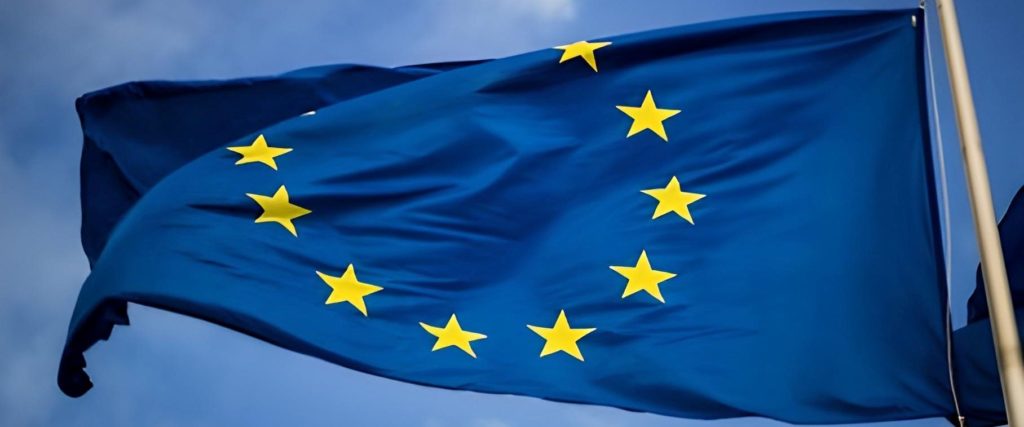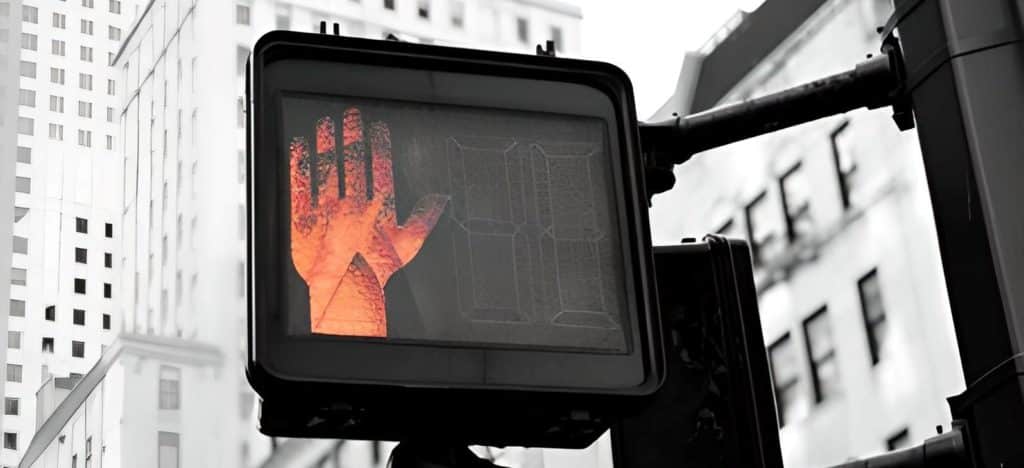Cosmetic products must adhere to strict compliance standards, as outlined in both the consumer code and the regulation specific to cosmetic products. Due to the complexities involved, it’s essential to collaborate with professionals who specialise in ensuring these products meet the required standards.
The Cosmetic Regulation 1223/2009, specifically articles 22 and 37, addresses inspection activities. Article 22 pertains to the actual inspection process, while Article 37 deals with the penalties. Notably, the responsibility for imposing sanctions lies with the individual member state.
There are different levels of inspections that authorities can undertake. These range from examining the production facility where the product is made to scrutinizing the European distributor’s headquarters. Notably, the location targeted for inspection is always the address listed on the cosmetic product’s label. Authorities can also inspect the product at its final retail locations, such as supermarkets, pharmacies, and perfumeries. Additionally, EU Authorities inspections can occur at the product’s point of entry into the European Community, such as at customs.
Frequently, inspection activities are initiated based on notifications to the Rapex system, also known as the Community rapid information system for non-food products. This system plays a pivotal role in safeguarding European consumers from hazardous products.
An Overview of the RAPEX System

RAPEX is the European Union’s early warning system for potentially harmful consumer products, barring food, medicines, and biocides. Its purpose is to swiftly alert the European Commission and the national authorities of EU Member States about products and services posing significant threats to consumer health and safety. The term “RAPEX” originates from “RAPid EXchange of information system.”
This system was instituted by Directive 2001/95/EC, decreed by the European Parliament and the Council on 3 December 2001. According to this directive, all products available in the European market should adhere to the safety guidelines specified within. If a product, which could range from cosmetics and clothes to toys and appliances, is proven to be hazardous, the pertinent national authority steps in. Their range of actions could include removing the product from the market, halting its imports, recalling it if it’s already been distributed to consumers, or releasing a public warning.
Upon identifying a threat, the national authority briefs the European Commission, particularly the Directorate-General for Health and Consumer Protection. They are apprised of both the risk and the measures taken to mitigate potential harms.
Every week, the Commission curates a report detailing all the notifications they’ve received. This report is publicly accessible online, and those interested can view various products that have been withdrawn from the market and learn about the penalties imposed on the entities responsible.
Key Focus Areas During Inspection Activities: What Do Authorities Examine?

During routine inspections, the primary element examined is the label of the cosmetic product. It’s crucial that the label is written in the language of the intended market.
Specifically, the presence or absence of all mandatory wordings on the label’s surface is evaluated. Special attention is given to warnings, as detailed in our article on cosmetic labeling.
Indeed:
- Have all the wordings that must appear on the label according to the specific ingredient been evaluated?
- are there ingredients that have recently been included in Annex II of the cosmetics regulation (and therefore banned)?
- have the limits of a particular ingredient above or below which a specific warning should be indicated been considered?
- are the claimed claims supported by specific evidence (in other words, has Regulation 655/2013 on cosmetic claims – and annexed guidelines – been followed)?
There are many facets that must have been taken into consideration, Cosmetic regulation 1223/2009 in hand.
A secondary layer of scrutiny involves assessing the nominal weight stated on the label. It’s essential to ensure that the declared content aligns with the actual content. While there have been several instances of discrepancies, Directive 76/211/EEC of 20 January 1976 — which concerns the alignment of Member States’ laws related to the weight or volume of certain prepackaged products and extends to cosmetic regulations — allows for a certain margin of error. However, any substantial deviation can be a grave matter. In cases of non-compliance, the responsible party could face allegations of market fraud. Therefore, if products are not directly filled by the brand, it’s crucial to collaborate with trustworthy partners that adhere to the recognised cosmetic Good Manufacturing Practices (GMPs).
Indeed, a particular scenario that might arise is when an inspection is conducted at the facility of the responsible party who also happens to be the manufacturer. In such cases, authorities not only examine the label details but also ensure adherence to the Good Manufacturing Practices as set out in the ISO 22716 standard. This means that they’ll assess various factors, including the cleanliness of the premises, the training provided to employees, registrations, and more.
Given this rigorous inspection process, it underscores the significance of partnering with reputable entities. In the event of an inspection, these partners should be able to offer the necessary assurances or at the very least, provide the requisite documentation that facilitates the accurate compilation of the Product Information File (PIF). It’s evident that inspections can delve deeper than just paper checks; they can encompass the entirety of the manufacturing process and its adherence to standards.
What happens if initial inspections raise concerns?
Should authorities have reservations after an initial examination of a product’s label, they may take a more in-depth look. The responsible person might be asked to provide additional documentation. In such instances, presentation of the Product Information File (PIF) becomes mandatory. This must be coupled with a confirmation of registration to the European portal of cosmetic products (CPNP).
Initially, the inspector’s focus would be on confirming the presence or absence of both the PIF and the CPNP registration. However, if there’s a subsequent request to review the full documentation — perhaps triggered by a report to the RAPEX system — the responsible party will need to furnish a comprehensive dossier. This dossier should be meticulously curated, adhering to all stipulations of the Cosmetic Regulation and the Guidelines of the SCCS, updated to its 12th revision. The details within this dossier will then undergo a thorough evaluation by the technical specialists appointed by the regulatory authority.
What are the consequences of non-compliance?

If non-compliance is detected during an inspection, the repercussions can vary based on the severity of the oversight or breach. The European regulation mandates that each Member State must establish its own set of penalties for violations of the European cosmetic regulation within its jurisdiction. Therefore, the specific consequences largely hinge on the country where the inspection occurs.
While sanctions can span both administrative and criminal domains, they might also entail the mandatory withdrawal of the non-compliant product from the market, with all costs borne by the responsible person.
Financial penalties can be broad, starting from a few thousand euros and potentially reaching hundreds of thousands. In more severe cases, the individual responsible for introducing the cosmetic product to the market might also face imprisonment.
Learn more from our in-depth article on regulatory compliance for cosmetics in Europe and the UK.
How does this apply to advertising materials and online platforms?

All considerations mentioned previously extend to advertising materials associated with cosmetic products. Whether it’s websites, e-commerce platforms, brochures, or any promotional content, they must all be crafted with compliance in mind. This is especially crucial concerning marketing claims, as they are often the primary focus when developing websites or any advertising materials.
While inspections or regulatory oversight might be less frequent or rigorous on these channels compared to physical products, it’s always advisable to prioritise compliance. It’s a best practice to have all content, especially claims, vetted by a trustworthy partner to ensure accuracy and adherence to regulations. With the transversal Packaging & Packaging Waste Regulation upcoming, it is even more important to ensure this packaging compliance to meet all obligations.
Understanding Regulatory Obligations for Cosmetics in the UK

In the UK, similar regulations are in place, especially concerning the notification to the Office for Product Safety and Standards (OPSS) about every cosmetic product made available to consumers in GB.
When notifying through the SCPN (Submit Cosmetic Product Notification) portal, you need to provide:
- The product’s ingredients, including certain nanomaterials.
- The name and contact details for someone the National Poisons Information Service or Trading Standards can reach.
- The identity of the Responsible Person. This refers to the individual or company responsible for ensuring compliance with regulations. Every cosmetic product in the GB market must have a designated Responsible Person.
It’s vital to note that failing to inform OPSS about a cosmetic product can result in significant consequences. You could face a fine and even a prison sentence of up to 3 months. In England and Wales, the fine could be unlimited, whereas in Scotland and Northern Ireland, it’s capped at £5,000.
Ensuring Compliance: How to Prepare for Regulatory Inspections
To ensure you’re on the right side of the law and can confidently face any inspection by authorities, it’s essential to be thorough in your preparations. Before marketing a cosmetic product, it’s vital to meticulously evaluate its composition, labeling, and informational materials. This not only guarantees consumer safety but also prevents any potential legal repercussions. At Taobé, we’re committed to helping you ensure your product meets all legislative requirements. Reach out to us, and we’ll guide you through the entire process of registering your cosmetic product with confidence.



